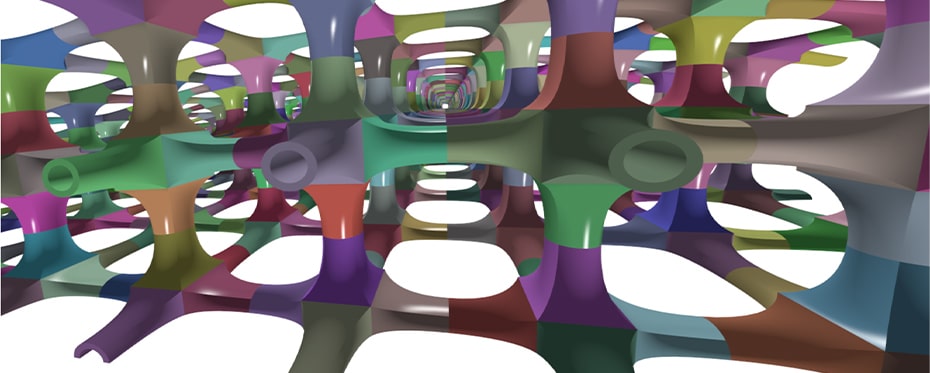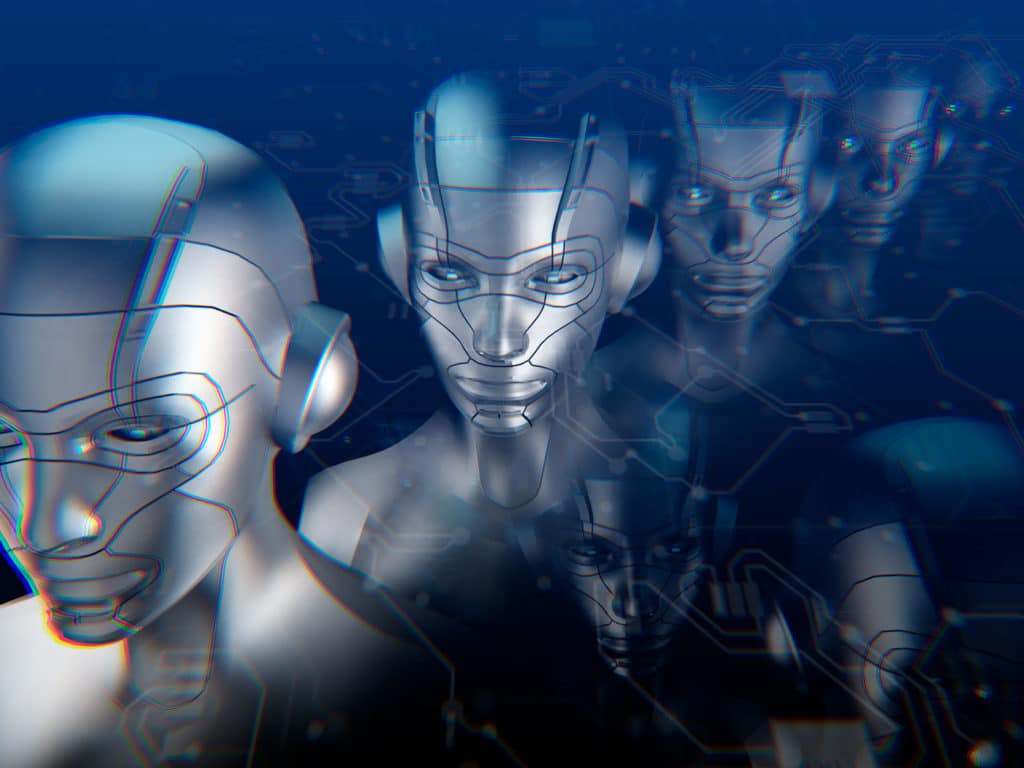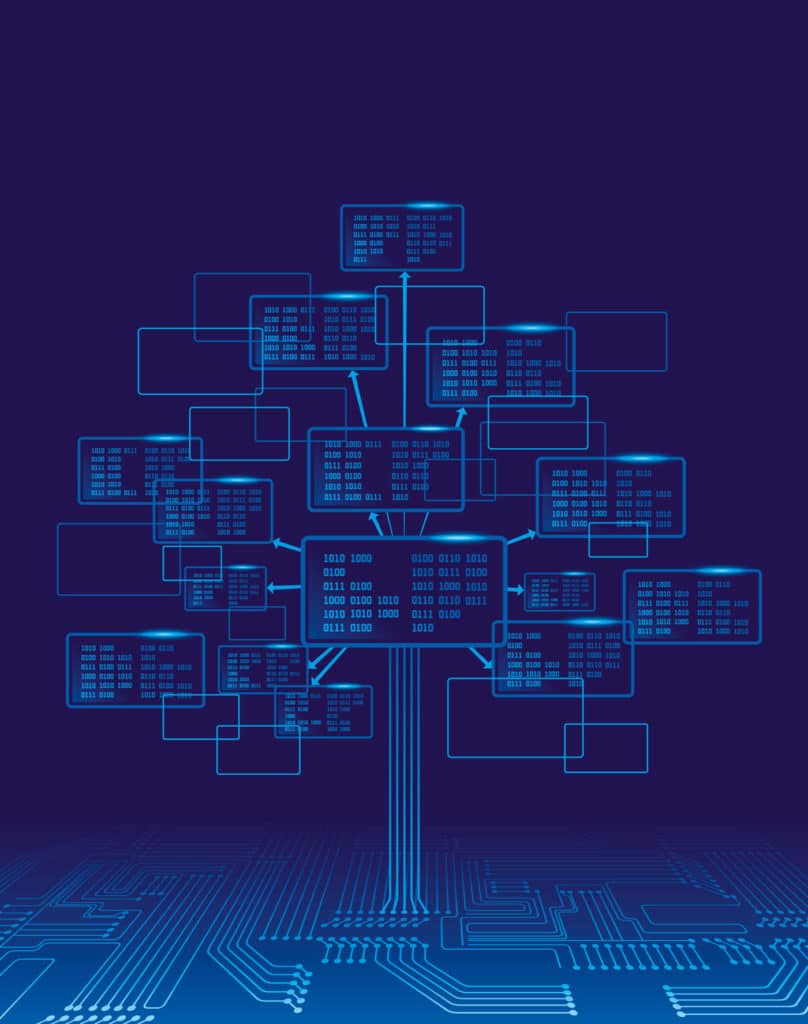Tag: Computer Science
Understanding neural networks with neural-symbolic integration

Dr Joe Townsend, Dr Theodoros Kasioumis, and Dr Hiroya Inakoshi, from the Artificial Intelligence Research Division at Fujitsu Research of Europe Ltd, used Neural-Symbolic Integration to better understand the reasoning of Artificial Intelligence (AI). They developed two solutions. The first solution – ERIC: Extracting Relations Inferred from Convolutions – opens the so-called ‘black box’ of AI and attempts to translate […]
Read More… from Understanding neural networks with neural-symbolic integration
Machine learning paves the way to advances in genome sequencing

Genome sequencing platforms are transforming the field of genetic disease research as they offer a closer look at human genes and DNA for clinical diagnostics. Based on machine learning methods, DeepSimulator provides simulated datasets to train and test sequencing analytical tools while WaveNano has innovated the process of translating a raw signal sequence into a DNA read. Dr Xin Gao […]
Read More… from Machine learning paves the way to advances in genome sequencing
Volumetric representations
could revolutionise 3D printing

The world of manufacturing is facing a massive game change. For half a century, subtractive manufacturing (SM) has reigned king. In SM, a cutter removes material from a homogeneous block until the desired shape is formed. Additive manufacturing is a major industry waiting just around the corner – and with it, the opportunity to design in a more flexible way. However, […]
Read More… from Volumetric representations
could revolutionise 3D printing
Enhancing Wi-Fi communication with effective CSI approximations

We increasingly rely on wireless networks for our everyday lives. Dr Zhenghao Zhang, a Full Professor at Florida State University, and his research team are developing the theory and applications of Channel State Information (CSI), or the status of communication links, in Wi-Fi networks. Their aim: to enable faster, more reliable wireless communications to be used in diverse applications from […]
Read More… from Enhancing Wi-Fi communication with effective CSI approximations
Building artificial intelligence for social good

Artificial intelligence is one of the most disruptive technologies nowadays and as such is considered both an opportunity and a threat to society. On the one hand, it could make us vulnerable as we trust machines to make more and more decisions that so far have been reserved for humans. On the other hand, it has the potential to revolutionise […]
Read More… from Building artificial intelligence for social good
Evading the rise of ransomware

Ransomware, malicious software that takes users’ files “hostage” and demands payment from users to get back their files, has become a popular income stream for cybercriminals. While not all ransomware attacks are effective money earners, they often cause immense disruption for key services such as the healthcare industry. In the case of ransomware, prevention is often better than cure, and […]
Biases from Big Data: the prejudiced computer

Big Data and Machine Learning seem to be the modern buzzword answers for every problem. Areas such as healthcare, fraud prevention and sales are just a few of the places that are thought to benefit from self-learning and improving machines that can be trained on huge datasets. However, how carefully do we scrutinise these algorithms and investigate possible biases that […]
Read More… from Biases from Big Data: the prejudiced computer